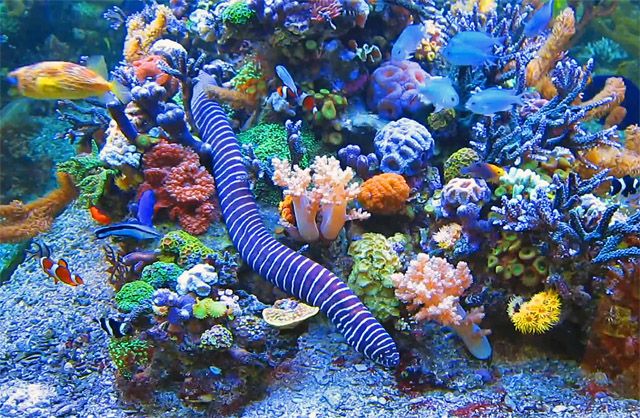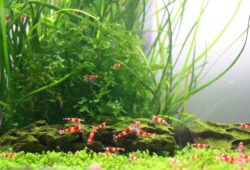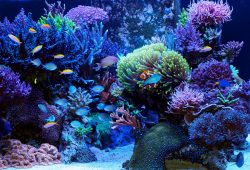A Tropical Marine Aquarium Eel
In the article I’m going to tell you about A Tropical Marine Aquarium Eel. While most eels are inappropriate for the home aquarist, eels from the genus Echidna make great marine aquarium species if you must have an eel.

Humans have a lot of history with eels. Some people are terrified of them, and others adore them. Did you know that Romans commonly kept eels as pets? It’s even rumored that one notable Roman used to adorn her eel with earrings (please don’t try that at home). When it comes to the tropical saltwater aquarium, most eels are inappropriate. They get too big, too aggressive, too messy, and prove too good at escaping. Some, however, are excellent aquarium fishes in the right environment and proper husbandry.
Species of eels from the genus Gymnothorax are the marine eels in many people’s minds, but there are other choices that are better for the home aquarist. The eels from the genus Echidna are some of the best, especially the popular snowflake eel (E. nebulosa).
Contents
Snowflake Eel (Echidna nebulosa)
The snowflake eel is an excellent, hardy, relatively small eel. Bob Fenner, author of The Conscientious Marine Aquarist, calls it “the most peaceful, outgoing and desirable moray species.” Sometimes called the snowflake moray, the starry moray, or the diamondback eel, the snowflake eel is a moray from the Family Muraenidae, but it is one that stays small and is not generally a fish-eater (its dentition is built for crushing crabs and shrimp instead of piscivory). Snowflake eels are indigenous to the Indo-Pacific and the Eastern Central Pacific.
Size is Relative
Beware that small is a relative term when discussing eels, as most grow quite large. You should expect a snowflake eel to grow up to 30 inches in length. While 30-inches may not seem small, eels this size do quite well in a smaller home aquarium (50+ gallons for the snowflake) unlike most 30-inch fish. The reason is that many eels are quite content to live in a cave amongst the rock work, while most 30-inch fishes need room to swim.
Adaptable and Mild-Mannered (Mostly)
“The snowflake eel is the best suited eel for most home aquarists who want an eel,” says Mark Martin, director of marine ornamental research at Blue Zoo Aquatics. “Snowflake eels will adjust readily to a captive diet, and they are amongst the most mild-mannered of all the eels commonly available to the hobbyist.” When Martin says “mild-mannered” he means that snowflake eels tend to behave themselves in a community reef tank and leave your fish alone. “Like most fishes,” Martin cautions, “every individual can be different. We have had customers report that snowflake eels have occasionally consumed smaller fishes, and they have been known to eat ornamental shrimps and crabs. Larger specimens may also accidently bite a tank mate during feeding time.”
Acquiring a Snowflake Eel
If you decide to acquire a snowflake eel, you are advised to purchase one that is at least ten inches in length; smaller ones do not fare as well during collection and shipment. Keep it in a tank of at least 50 gallons, and make sure there are hiding places amongst stable rockwork. Keeping your snowflake eel well fed can go a long way towards encouraging it to mind its manners. Feed a varied diet including large chunks of meaty marine flesh like raw table shrimp, squid, clam, and mussel. It is best NOT to hand feed your moray, as a nasty, albeit accidental, bite can ensue.
Other Echidna Species?
It’s too bad we don’t see more Echidna species in the hobby (there are currently 11 species in total). “Echidna catenata comes in from time to time,” says Martin of the eel commonly called the chain moray, “but not regularly enough or demanded enough to keep in stock.” Some species in the genus are either brackish or cold water species, Martin explains, “but we have received a couple of unidentified species out of Bali that were really cool looking. Most likely they were E. xanthospilos due to where they were collected.”



